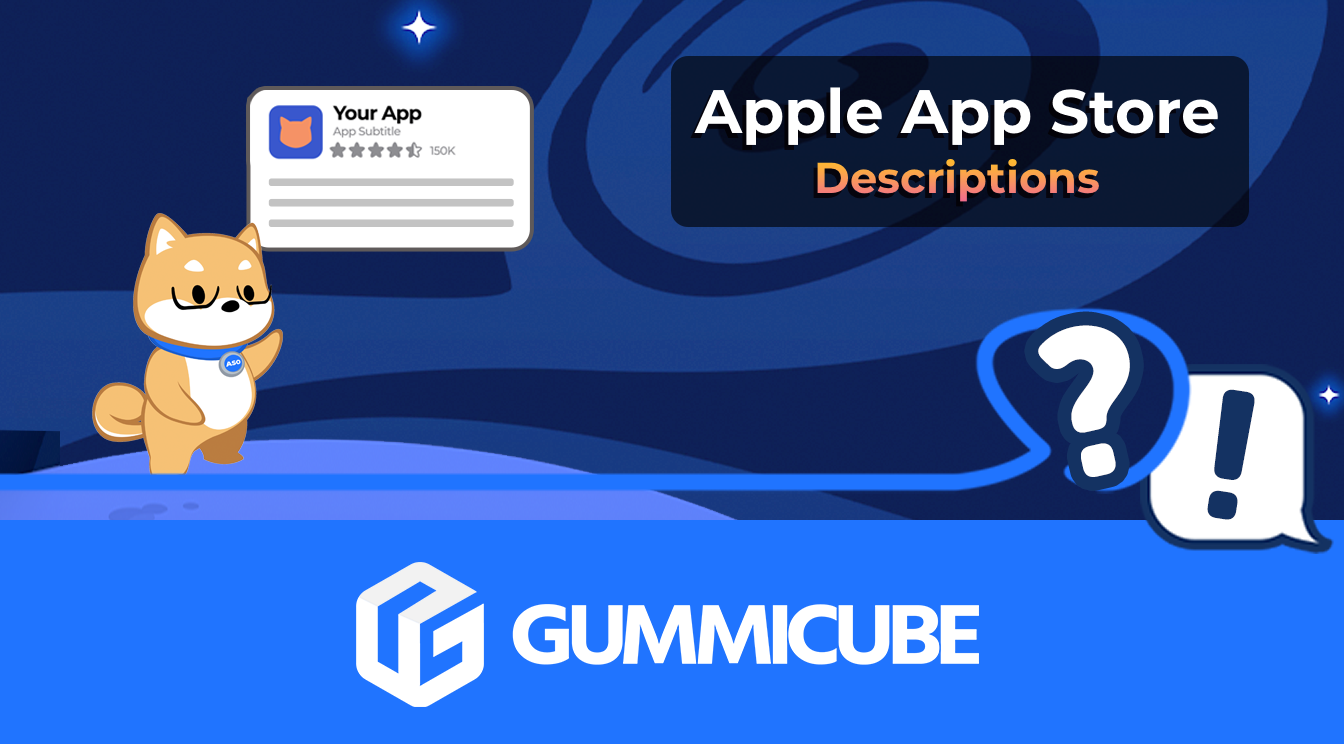
How to Write an Apple App Store Description
July 17th, 2024
Learn how to approach App Store descriptions the right way so you can effectively engage and convert users.
Want more ASO Tips?
Contact Us

Learn how to approach App Store descriptions the right way so you can effectively engage and convert users.
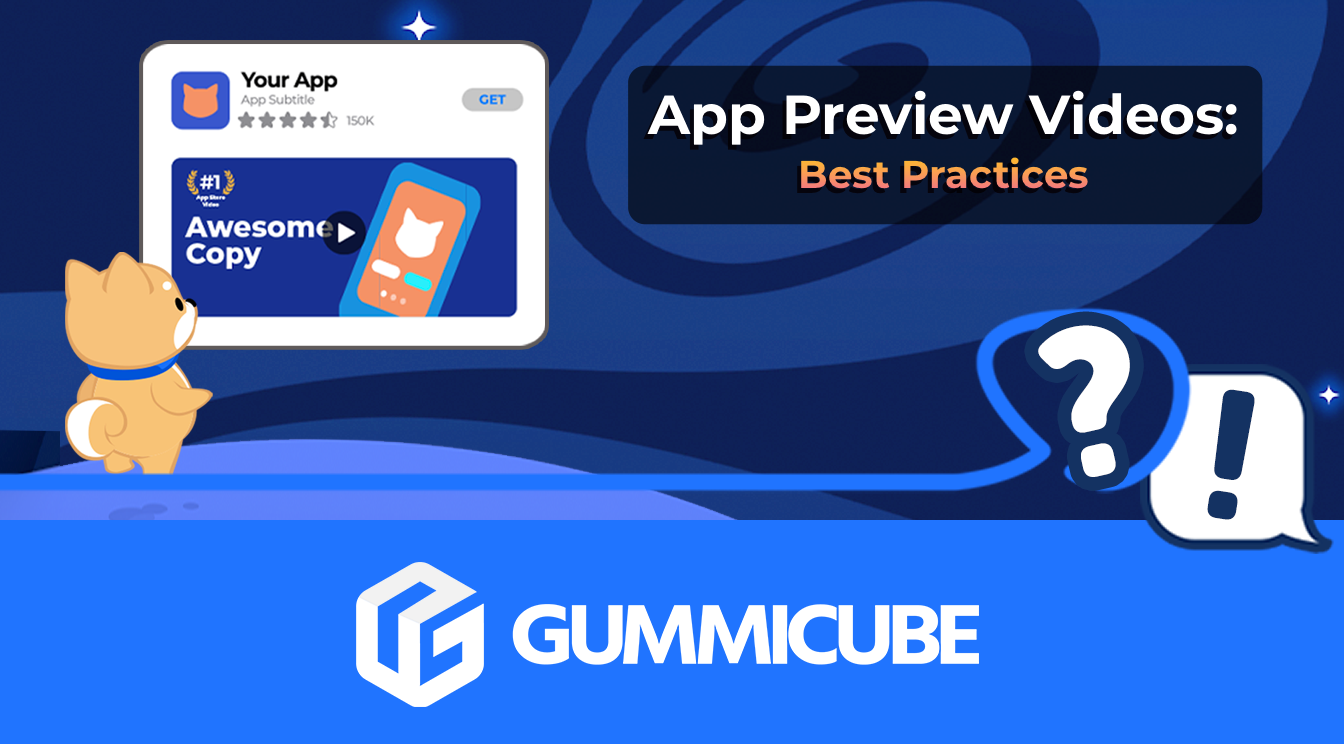
Learn how to grab your audience's attention through effective and engaging app store preview videos.

Welcome to this week’s ASO Weekly - The App Store halts gambling ads amidst outcry and the Apple takes a bite out of NFT app sales.
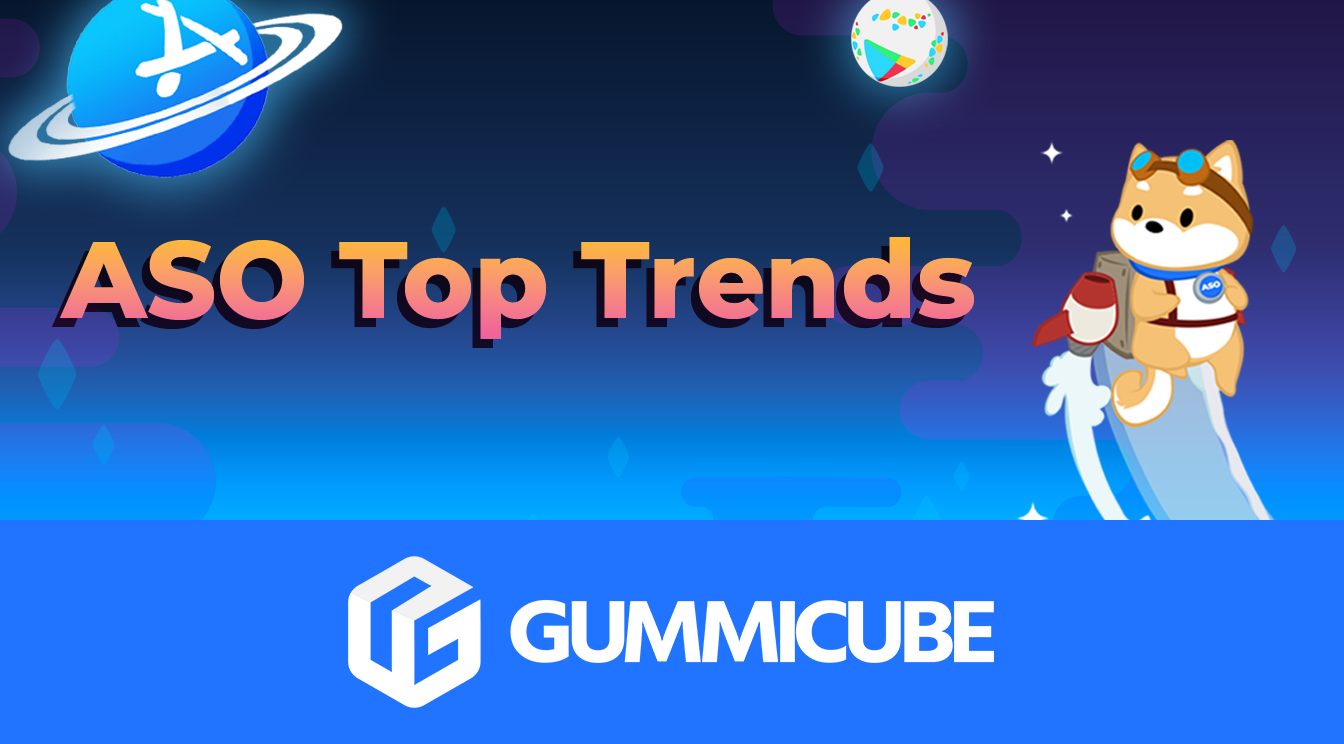
Welcome to Gummicube’s ASO Top Trends Vol 3 – a quick, one-stop-shop for the latest developments in ASO.
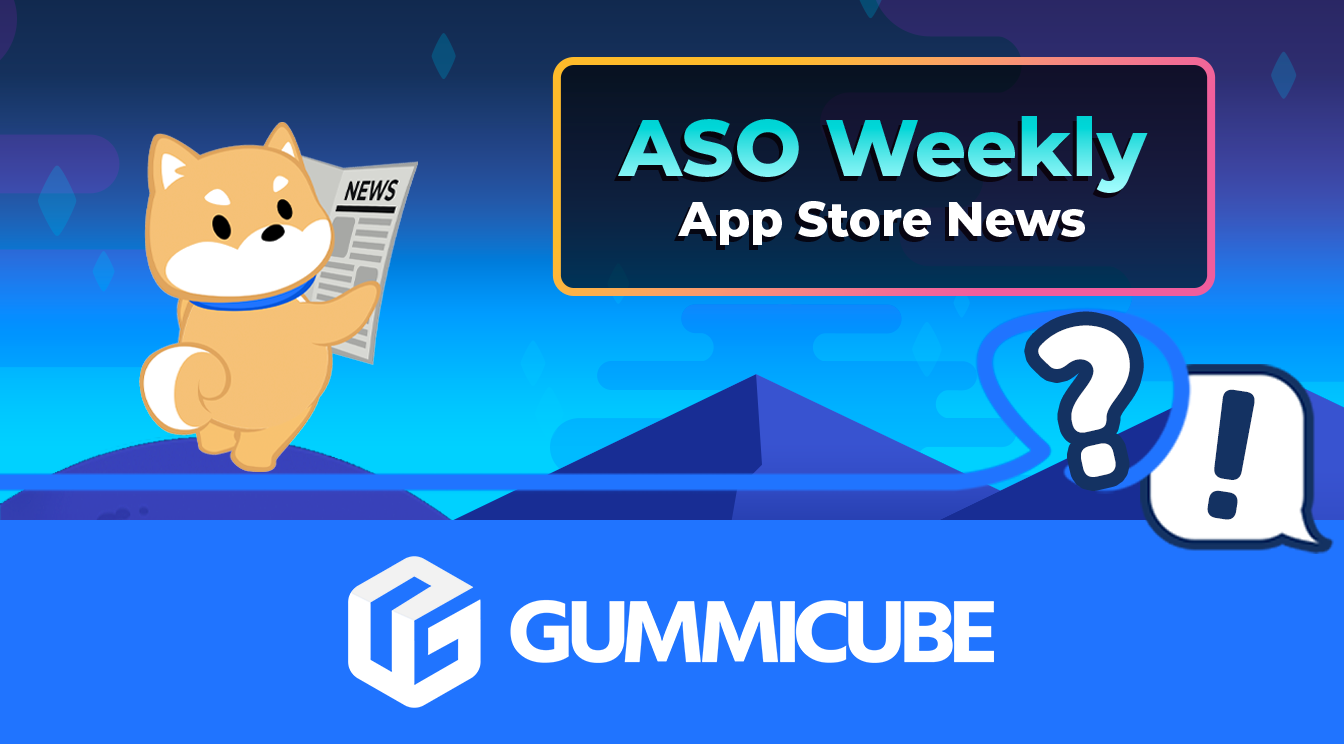
App Growth Summit (AGS) in San Francisco is a once-a-year event where some of the biggest names in the app marketing and mobile marketing industry come together to share industry insights.
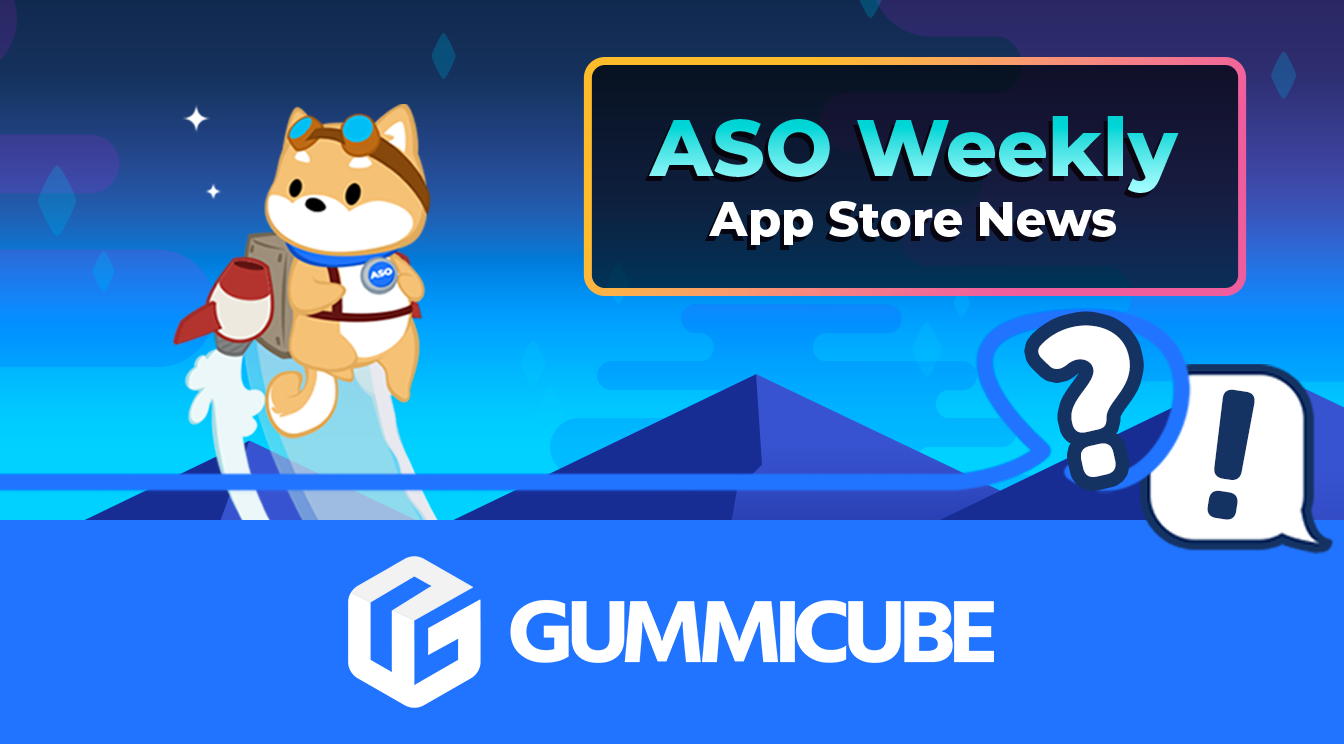
Is there anything larger at play than deepening economic worries across the tech sector? It seems so. Check out the latest on the App Store.
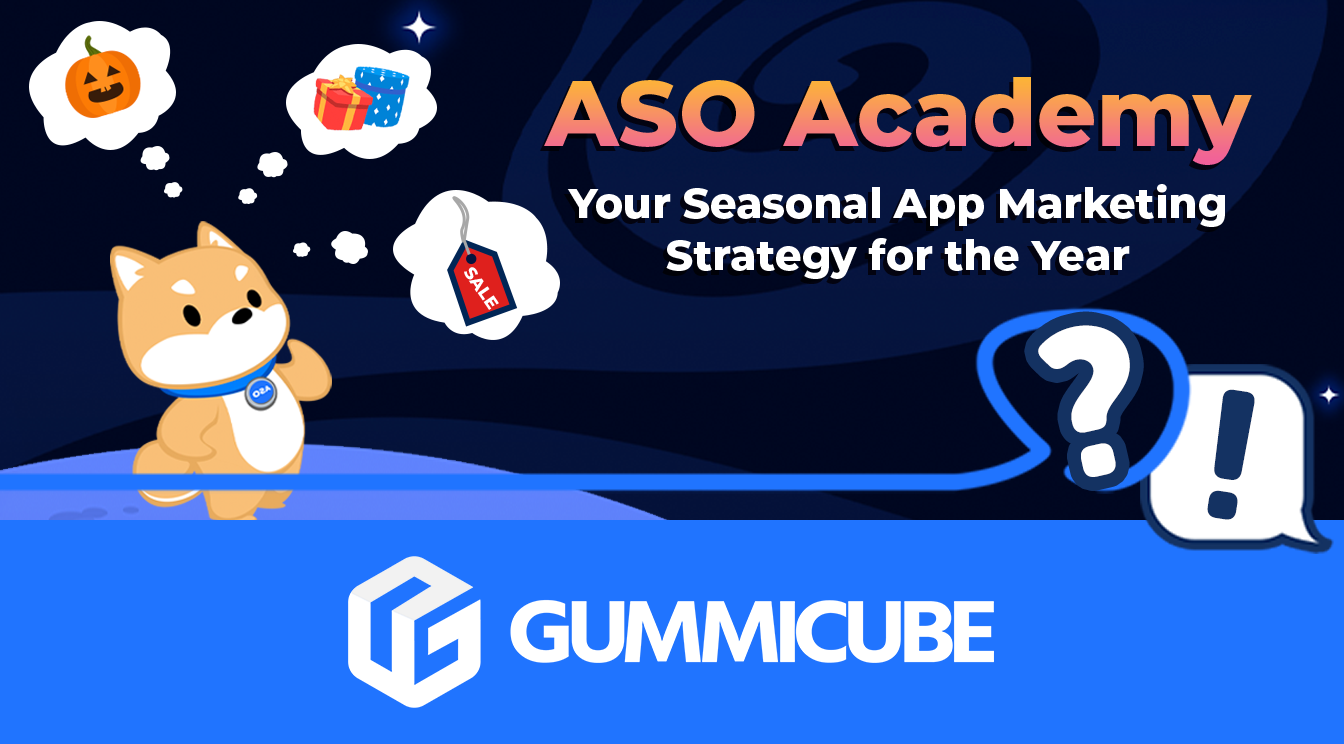
From Halloween, Thanksgiving, and even Black Friday – seasonal app marketing has the potential to transform your app performance.

New ad placements are coming to the App Store. What can you expect and what do you need to do to prepare?

App Store price hikes will go into effect as early as October for the EU and other countries. Here's what you need to know.

Welcome to ASO Weekly. Read the latest story on the new Apple ad placements and the top widget app after the iOS16 release.

This week in App Store news: Google Play blocks controversial app, Truth Social from launch, and 2021 lawsuit dropped by Eleftheriou

Stewie Griffin, Stan Smith, and more. The characters you love have come to brawl! But how can this viral mobile game perform better on the app stores?

Pinterest's new app makes a splash in soft launch, Google Play Games on PC, app news & more in this week's ASO Weekly News.